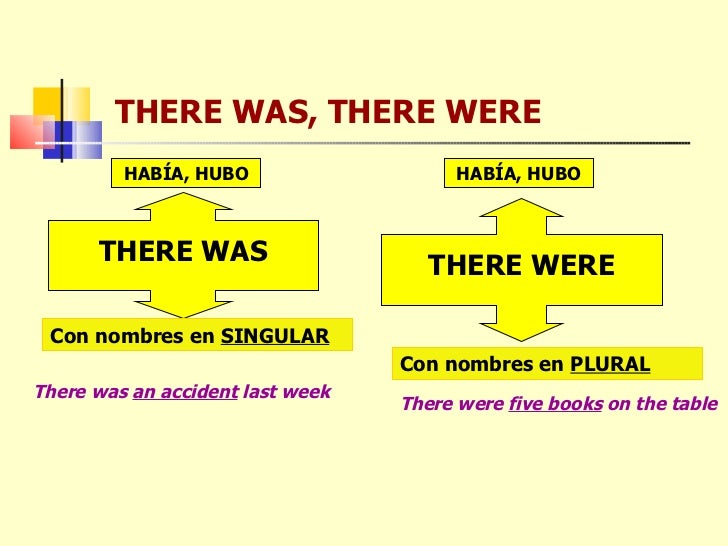We live our lives day by day, following our own schedule and habits. Most of those habits come down to simple decisions: Coffee or tea? Walk or drive? Nap or workout? But on the days those habits get blown by illness or an accident, we call our doctors and health care professionals to help us recover.
And that’s how most of us think of health care, as a treatment for an existing illness.
But what if, rather than treating illness when it happens, we could avoid getting sick at all? That’s where preventive medicine comes in.
What Is Preventive Medicine?
Most types of medicine focus on treating an illness or injury, rather than keeping it from happening. But preventive medicine stops sickness before it starts. How does it do that? By preventing disease, disability and death — one person at a time.
Most doctors specialize in a single illness, age group, body part. But doctors in preventive medicine take a holistic approach. That means they focus on the whole patient and the many factors that play a role in their health. That includes maintaining a healthy lifestyle, but it also goes a step further and looks at the role our family and communities play, too.
Chronic diseases, like diabetes and heart disease, account for seven out of ten deaths. Screening and detection can help identify them early, which makes them more treatable. Here are some other common screenings, with age guidelines for people with average risk. (If your risk is higher, or you’re not sure what level of risk you have, talk with your doctor for the best guidelines.)
- Breast health (mammogram) — Women, 50 and over
- Prostate cancer — Men, age 50 and up
- Cholesterol — Men 35 years and older; women 45 years and older
- Cervical health (Pap smear) — Women, age 21-65
- Colon cancer (colonoscopy) — Every 5-10 years after age 50
Healthy habits are important, too. Things like eating well, exercising and avoiding tobacco help us stay healthy, avoid disease and minimize the effects of disease.
Clinical preventive medicine physicians see patients in the clinic. But they can also practice outside the clinic. These doctors, the non-clinical preventive medicine physicians, focus on public health, rather than the health of the individual. This branch of medicine includes:
- Public health policy
- Epidemiology (finding the cause of diseases)
- The social and behavioral influences on a person’s health
But many preventive medicine physicians do both, working in both the clinical and non-clinical branches of the field.
Preventive medicine is an important field of medicine. It not only keeps patients and communities healthy, but it also helps keeps health costs down.
All doctors incorporate some degree of preventive medicine into their practice. But primary care physicians are especially good at helping their patients stay healthy.

























